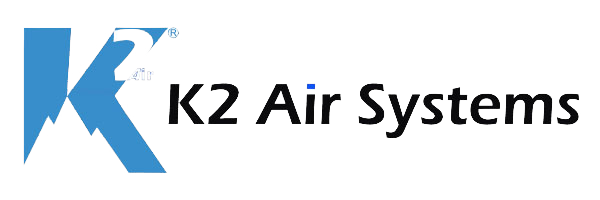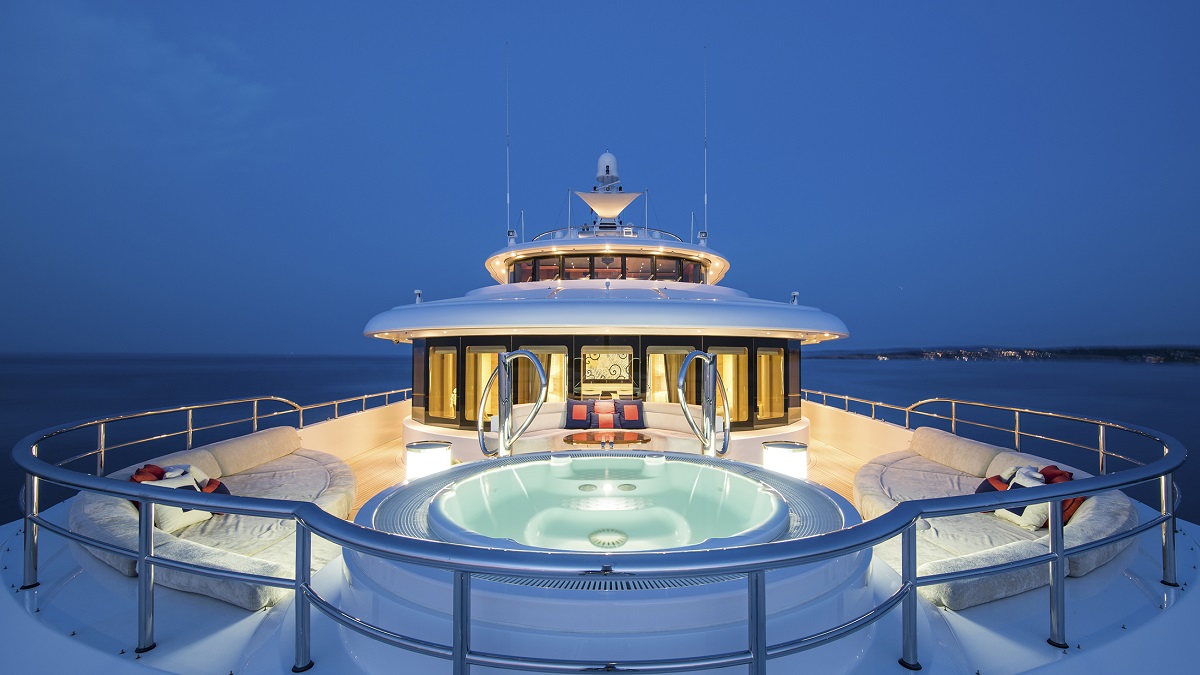What is a Marine Air Conditioner?
An air conditioner pulls the heat from the air by transferring the heat in the cabin to the refrigerant gas within the air conditioner. A marine air conditioner then transfers the heat from the refrigerant gas to the sea water.
The refrigerant starts as a gas and is compressed in the compressor, which increases its temperature dramatically. Thereafter, the condenser cools the hot high-pressure refrigerant and this way the refrigerant turns in to a liquid. Next, the evaporator boils the refrigerant back to a gas , at a very low temperature.
Types of Marine AC Systems
- Self-contained system units : Self -contained marine air conditioners are mostly used on boats of up to 80 feet, and every major component is affixed to a single chassis.
- Marine Split System
- Marine Chiller System
Benefits of Marine Air conditioners.
A Marine AC system provides numerous advantages for boaters who want to enjoy their time out at sea without suffering from heat exhaustion or discomfort. Some benefits include:
- Maintaining a comfortable temperature inside your cabin.
- Removing humidity and moisture from the air.
- Reducing odors caused by dampness.
- Preventing mold and mildew growth.
- Improving indoor air quality by filtering out dust and allergens from the air inside your boat.
How to choose a perfect Marine AC unit?
Choosing the perfect K2 AirSystems AC unit to install can be tricky at first if you are not well- versed in all of the different functions that these systems complete or which ones should be completed first to ensure functionality and comfort for the guests on board. But our team recommends taking a complete survey of your boat’s temperature regulatory functions, which are being completed perfectly and which are not to make a proper decision. If you are experiencing issues with your engine, then it may be time to consider marine air conditioning needs to be met their first by equipping your vessel with marine pumps. If you notice personal discomfort in terms of temperature , then consider AC or DC installation for your boat. The fact is that each boat and boat owner are different, getting the proper airflow will depend on which systems need them and whether the most essential functions are being taken care of. Whatever units you decide on are a priority, be sure to have them work perfectly by using the expert products created by the K2 AirSystem air conditioner team the next time you are in need.
WHAT CAPACITY (BTU) MARINE A/C UNIT DO I NEED FOR MY BOAT
Calculate the volume of the space you’ll be cooling (LxWxH). Multiply volume by 14 BTU/cubic foot, then add 1,000 BTUs. Call us for help figuring out marine air conditioner size.
WHAT IS A SELF-CONTAINED MARINE AIR CONDITIONER
Self-contained marine air conditioners will typically be mounted in a locker or under a bunk, draw in water from a thru-hull connection and combine it with eco-friendly refrigerants that create cool air. This air is then blown throughout the space by a blower motor and fan.
WHAT IS A MARINE CHILLER / CHILLED WATER A/C SYSTEM?
Chilled water marine air conditioners consist of a chiller, located in the engine room, that cools (or heats) fresh water, then pumps it through an insulated piping loop to air handlers located in the living spaces, where the air is cooled (or heated).
WHAT MARINE A/C TYPE WOULD BE A GOOD CHOICE FOR MY BOAT?
Self-contained units are generally the best solution for boats up to 40′, split systems are found on boats up to 80′ in length, and chiller units are used on larger boats and yachts. Contact us for the right solution for your boat
CAN I INSTALL MY MARINE AIR CONDITIONER MYSELF?
For the more handy boaters out there, you may be able to install your unit on your own. Search for installation / electrical connection support videos from the manufacturer.
WHAT IS A SPLIT SYSTEM MARINE AIR CONDITIONER?
A split system has the a/c components split between two separate units (condensing unit and evaporating unit) installed in different locations and connected by insulated copper tubing through which the refrigerant travels.
WHAT IS REVERSE CYCLE HEATING?
Many marine air conditioners have a reverse-cycle mode, which changes the flow of refrigerant and turns the system into a heat pump. The compressor pumps hot, pressurized refrigerant into the air handler where it transfers its heat to the cabin via the flow of cool cabin air over the coils.

